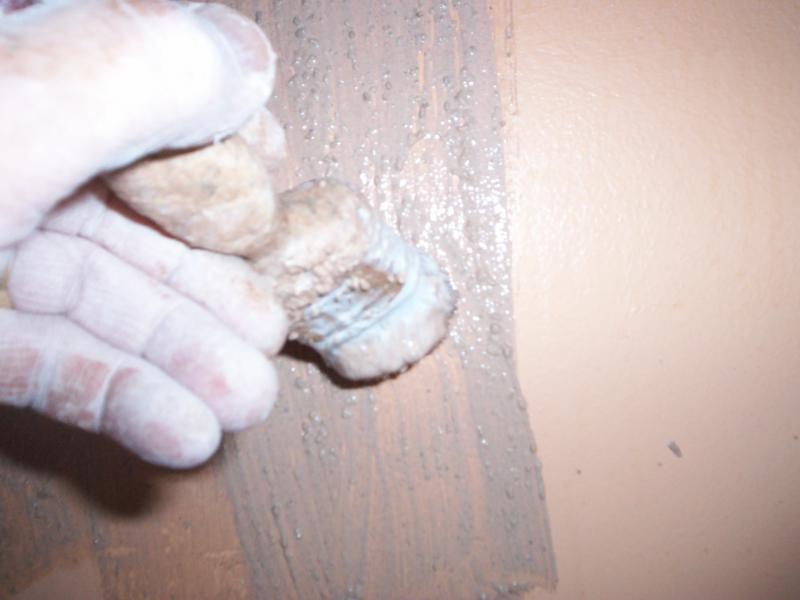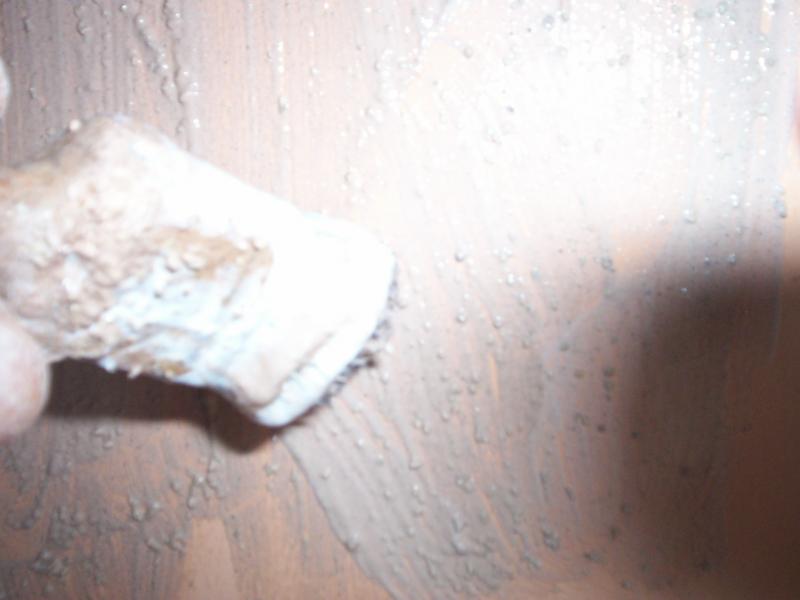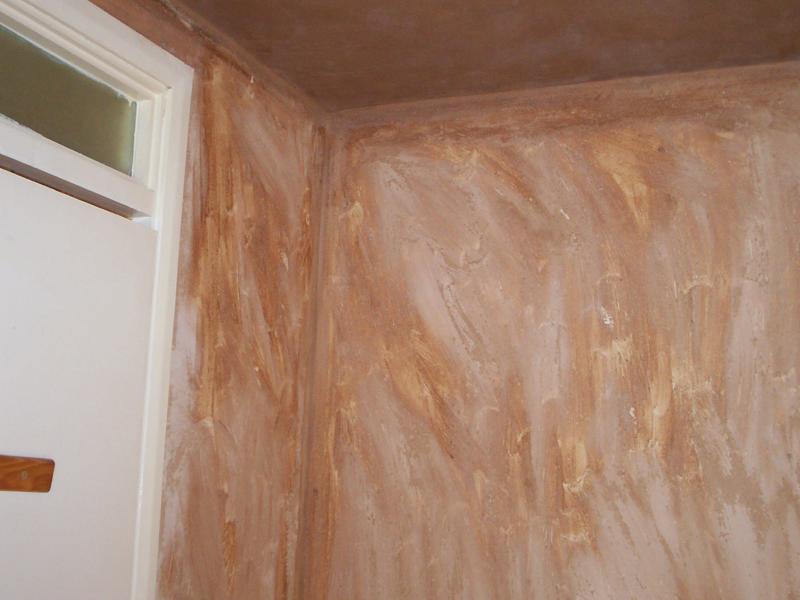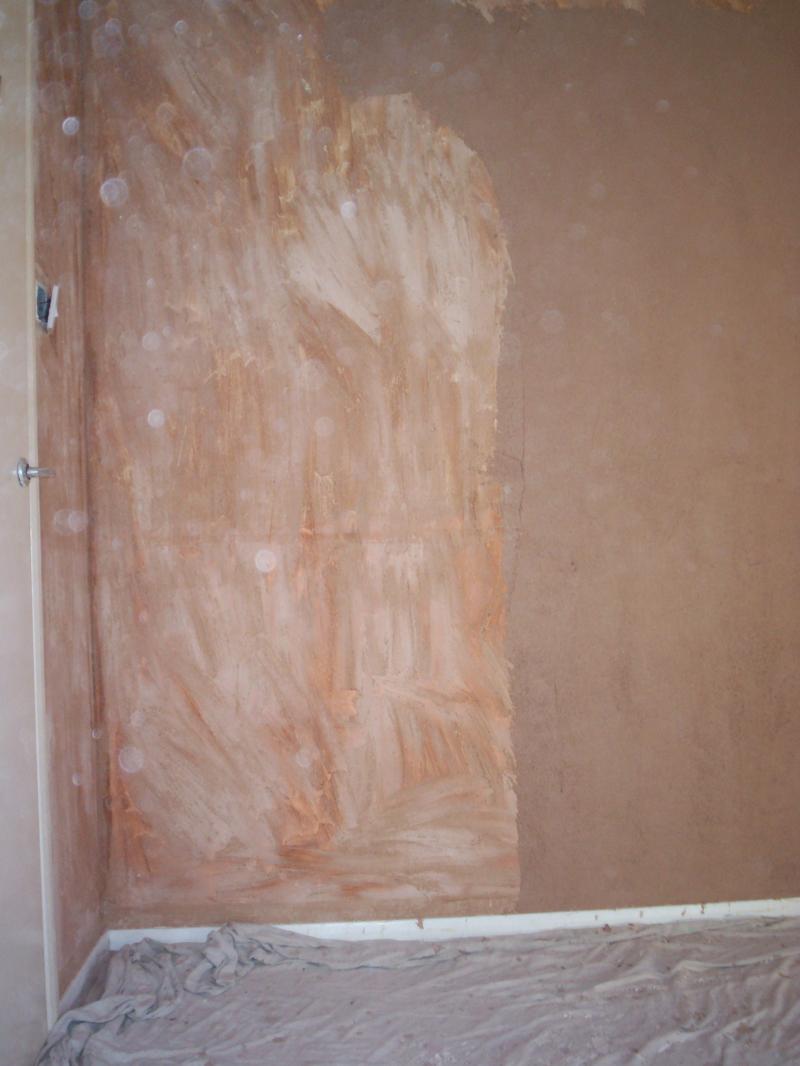Hi all,
ok, my timber framed house which obviously has plasterboard walls everywhere will benefit from a new kitchen very shortly.
which obviously has plasterboard walls everywhere will benefit from a new kitchen very shortly.
However, when trying to take the old tiles off they are pulling some of the board off too.
So, i think i'll just cut away the whole plasterboard to the top of the tiles and renew, unless you have a better idea? Tiling over existing is not really an option tbh.
Also, the walls above the tiles are painted with silk. Whats the best way to prep for re-skimming? Just pva or something more/different?
Thanks for your help.
ok, my timber framed house
However, when trying to take the old tiles off they are pulling some of the board off too.
So, i think i'll just cut away the whole plasterboard to the top of the tiles and renew, unless you have a better idea? Tiling over existing is not really an option tbh.
Also, the walls above the tiles are painted with silk. Whats the best way to prep for re-skimming? Just pva or something more/different?
Thanks for your help.






